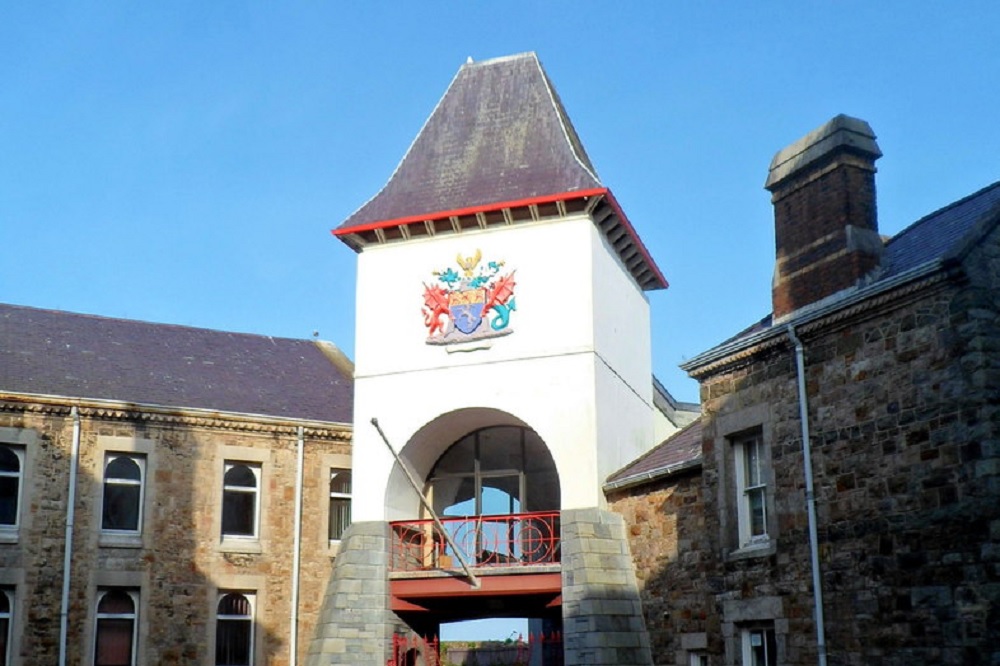Gwynedd council votes to back Welsh independence

Gwynedd County Council has become the first local authority in Wales to vote in favour of an independent Wales.
There were 42 councillors in favour, with only four against, and five abstaining.
The motion proposed by Porthmadog East Councillor Nia Jeffreys read: “We call upon the Council to call for independence for Wales, and send a clear message that Wales is not too small or poor to stand on its own feet, and that we yearn to make decisions that affect our future here in Wales, and not in London.”
The vote came week before a march in support of Welsh Independence takes place in Caernarfon, on Saturday 27th July, where thousands are expected to attend.
The march, organised by All Under One Banner Cymru, hopes to build on the success of the inaugural AUOBCymru march in Cardiff last May which was attended by over 2,000 people.
YesCymru chairman Sion Jobbins said that Gwynedd Council’s vote was a “brave and historic step”.
“It’s starting to snowball and we hope that more community and county councils will join Gwynedd,” he said.
On Monday, Caerphilly Town Council became the first town council in the south of Wales to back taking full control back from Westminster to Wales.
A string of town and community councils across Wales have already voted for independence, with most of them in Gwynedd, including Porthmadog, Blaenau Ffestiniog, Nefyn, Bethesda, Caernarfon, Llanuwchllyn, Trawsfynydd, Llanystumdwy, Pwllheli, Bontnewydd, Llanberis, Waunfawr and Caeathro, and Llanllyfni.
Machynlleth Town Council in Powys was the first to back the move.
Support our Nation today
For the price of a cup of coffee a month you can help us create an independent, not-for-profit, national news service for the people of Wales, by the people of Wales.





